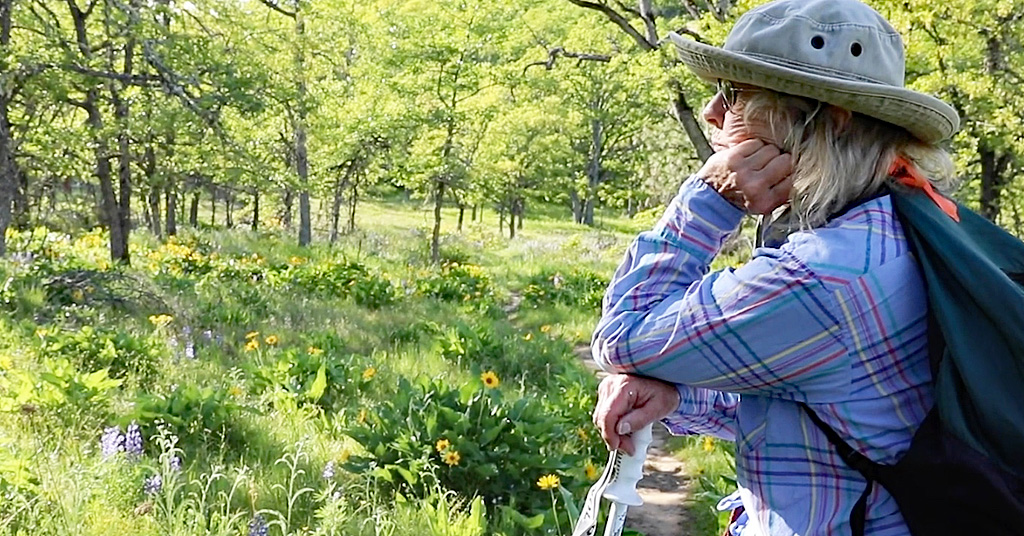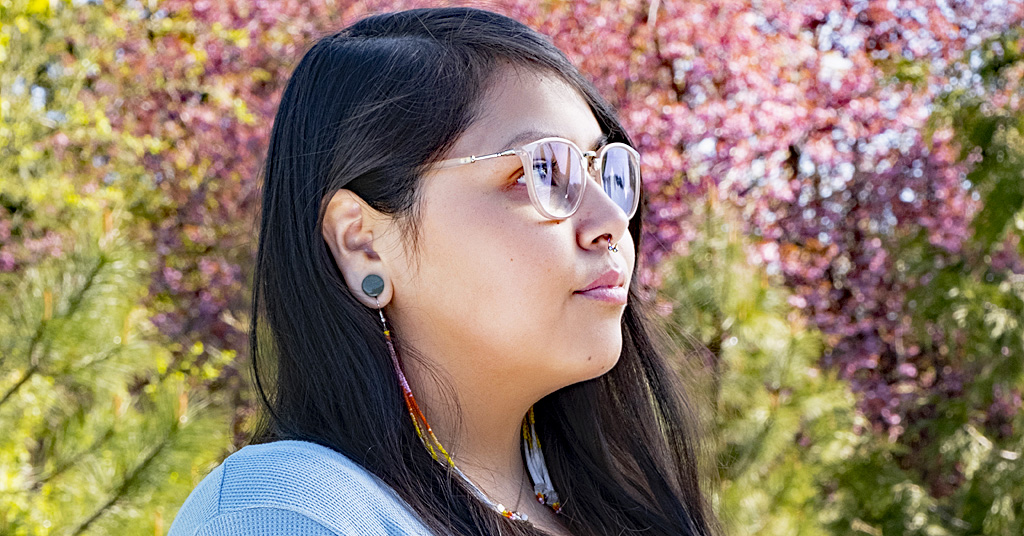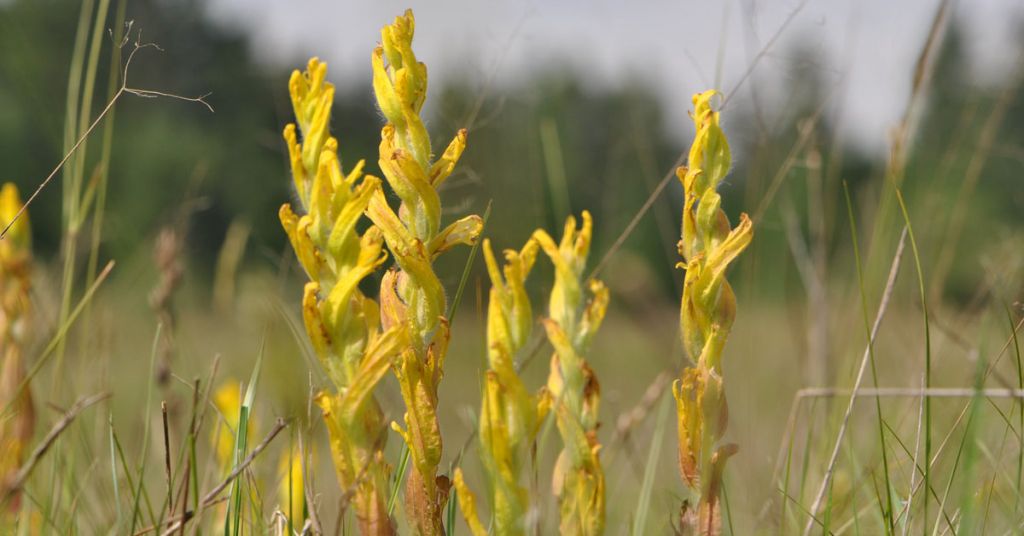Despite a lot of advice, people are still ignoring drought and embracing lawns. When it comes to yards, green isn’t always green
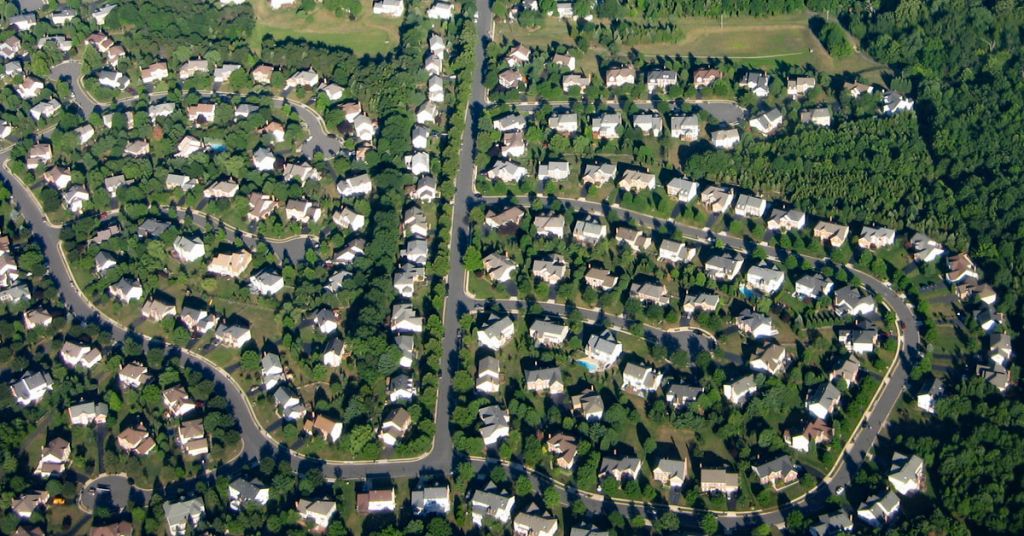
Lawn way to go: Americans don’t appear ready to ditch their lawns in large numbers. Will that change? Photo by Pierre Metivier/CC
By Chuck Thompson. August 19, 2021. Crazy story from the Idaho Statesman a couple weeks ago. A pair of Boise homeowners—Ken Fox and Florian Penalva—ran afoul of their neighborhood homeowner’s association after each replaced his lawn with artificial turf.
The two neighbors ditched their grass to reduce their use of water and chemicals. The cost to replace each lawn ran between $8,500 and $10,000 but the guys had no buyer’s remorse.
“It’s a win-win for us and the environment,” Penalva told the Statesman. “That’s what really motivated me to do it.”
In the midst of an historic drought taking out the lawns made sense.
Unless you happened to be part of the East Valley Community Association, which quickly demanded the guys remove the artificial turf, saying it violated neighborhood covenants.
MORE: 3 ways to restore ecosystems with native plants
The two men say they’ve since spent nearly $10,000 in legal fees resisting the order and vow to continue the fight.
“What the homeowner’s association is trying to force us to do is use tap water for watering lawns in the midst of this drought,” Fox said. “The whole thing strikes me as really kind of dumb.”
“I don’t like to get pushed around,” he added.
Who does?
“Rumors of my lawn’s demise …”
It’s rare to see a green lawn in summer in my neighborhood. (The big Mormon church down the street excepted—fabulous turf!)
Most homeowners around me let their grass go dormant in summer. It turns a crackly, brownish-yellow and isn’t much fun to picnic on but it’s easy to maintain.
Yet almost no one on my street has actually removed their lawn.

Status symbol: The south lawn of the White House is often used as a stage to project American values. U.S. Navy Photo by MUC Stephen Hassay
A short walk away in the “nicer” neighborhoods (journalists don’t tend to share fences with investment bankers or driveways with Teslas) there are still plenty of lawns that could stand in for a Major League outfield.
I spent last weekend in Camp Sherman in central Oregon. On the Metolius River, Camp Sherman is largely a vacation community where people keep second homes.
It’s really dry, especially this summer. Yet nearly every one of the gorgeous rustic-style homes in the subdivision I visited were fronted by thick, deep green lawns. Lots of watering and mowing going on out there.
What drought?
Anti-grass roots
We all know by now lawns aren’t environmentally friendly. We know this because many people have gone out of their ways to educate the public about the perils of these postwar suburban status symbols.
According to the New York-based Natural Resources Defense Council, each year across the United States lawns consume nearly 3 trillion gallons of water, 200 million gallons of gas (all that mowing) and 70 million pounds of pesticides. Turf grass provides virtually no habitat for pollinators, animals and plants that contribute to a healthy ecosystem. Rainwater runoff from lawns can carry pesticides and fertilizers into streams, rivers, lakes and oceans via sewer systems, poisoning fish and aquatic animals.
Grass, it turns out, is America’s biggest irrigated crop.
The implications are clear—lawns are needless, environmentally disastrous relics of another time and should be eradicated from the modern landscape.

Kicking the habit: This Hood River, Oregon, home got a new look with its lawn removed and installation of drought-tolerant native plants. Photo by Jurgen Hess
It’s tough to say exactly when the realization began to take hold, but efforts to push an “anti-lawn” agenda go back a ways. Some trace its roots to Rachel Carson’s 1962 environmental totem Silent Spring. In 2008, The New Yorker reported “the anti-lawn movement has been around now for several decades.”
In terms of mass media, the issue got a national bump in 1995 with a New York Times story headlined “Bidding Goodbye to the Great American Lawn” and then again—as though no one took notice the first time—in a 2001 Times story called, “Goodbye, green carpet—anti-lawn sentiment is spreading.”
Victory march?
Though lacking large, centralized leadership, the down-with-lawns effort has gained enough ground in the last decade to have attracted critics—anti- anti-lawners, if you will.
In 2013, a website called Revolutionary Gardens was so peeved by all the home beautiful criticism that it delivered a bit of subversive—if quaintly polite—pushback titled, “Why the anti-lawn movement bugs me a little.” (Gardeners are great. Even in anger they can’t help being just a little more relaxed than the rest of us.)
The anti-lawn media brushed off this calumny like a stray weed. In 2015, The Atlantic gave us “The American Lawn: A Eulogy.” In 2018, someone with the name Starre Vartan (now there’s a byline!) explained on Treehugger.com “Why I’ll Never Have a Lawn Again.” In 2020, Sierra Club forecast “Gen Z’s Next Victim: The Lawn.”
[perfectpullquote align=”full” bordertop=”false” cite=”” link=”” color=”” class=”” size=””]Most people are concerned about the condition of their own yards, but what really sets them off is the condition of yours.[/perfectpullquote]
Judging by all the press, the American lawn would appear headed in the direction of those offensive statuary jockeys that once presided over many of them.
But what’s really changed? Lawns are still everywhere. Drought, wildfires and depleted reservoirs don’t seem to have had much impact on their popularity.
“Despite at least one recent survey suggesting lawn alternatives are on trend, there’s little indication that an anti-lawn movement is taking root—even amid increasing concern about water shortages, pollinator conservation and greenhouse gas emissions,” wrote Scienceline in 2019.
MORE: How non-native plants fuel wildfires and degrade ecosystems
In what it called a “nationwide trend” that reflected “changing tastes,” CNN reported last year that a Washington, D.C.-based nonprofit called Green America had launched a Climate Victory Gardens program, inspired by the home “victory gardens” that produced fruits and vegetables during World War I and II.
Last year the new Climate Victory Gardens accounted for about 3,600 acres. American residential lawns eat up 49,000 square miles, an area CNN compared to the size of Greece.
Some trend.
Tricky transition
For a Columbia River Basin perspective on lawn reduction, I reached out to Gail Langellotto, statewide coordinator for the Oregon State University Extension Master Gardener program.
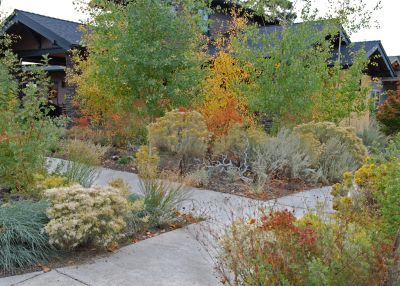
Going native: Native plants installed after lawn removal at this Oregon home include serviceberry, red-osier, rabbitbrush, sagebrush, woods rose and Idaho fescue grass. Photo by Jurgen Hess
“People talk about transitioning away from lawns, but I don’t know that I would call it a movement … at least not yet,” she said. “Lawns are relatively easy compared to other front yard alternatives. You can mostly maintain them with occasional mowing. More and more people are letting their lawns go dormant in the summer.”
Langellotto noted that lawn alternatives take more time, or cost more to plant and maintain.
“(Lawns) are also familiar to most people, and don’t tend to attract the ire of neighbors,” she added.
Don’t miss out! Subscribe to Columbia Insight.
“The movement is there, just hard to find sometimes,” said Gwen Bartonek, a restorative agriculturalist and edible landscape designer in Oregon. “One of the most important things we can do as a community is insist all new housing developments have very specific planting guidelines either against lawns, limiting the kind and size of lawn planted and requiring a certain square-footage of trees and pollinator plants, trees, shrubs.”
She might be right. But from what I can tell not a ton of people have been persuaded by environmental arguments or peer pressure to tear out their lawns.
Someday they’ll have to dim the lights and turn off the fountains in Las Vegas. Until that happens it seems the guys who sell riding mowers aren’t going to be losing much sleep.
Hard yards
None of this is meant to suggest the anti-lawn community isn’t passionate about its purpose. Or slowly growing.
Dan Richardson is the climate and community resilience coordinator (“nifty job title,” he says) with the Underwood Conservation District in White Salmon, Washington.
Richardson works with the UCD’s Yard by Yard program. Launched in 2021, it’s a voluntary, self-guided effort for people who want to have their yard certified as “conservation-friendly.”
[perfectpullquote align=”full” bordertop=”false” cite=”” link=”” color=”” class=”” size=””] Society isn’t changing as fast as the climate but at some point it’s going to have to catch up. [/perfectpullquote]
Getting certified doesn’t require yanking out your lawn. It does mean your backyard shouldn’t look like a putting green.
“We are attempting to encourage people to practice conservation close to their own homes by taking care of the basic resources of soil, water, native plants … and taking care to avoid setting up conditions for negative wildlife interaction,” Richardson says. “You might say conservation ‘Yard By Yard’ is about keeping lawns within reason, being thoughtful about them, rather than a monoculture lawn as the default landscaping around a house.”
Richardson couldn’t provide stats, tell me exactly how large the anti-lawn movement is or how fast it’s growing. But his eminently reasonable approach to the mission suggests he understands it’s an uphill battle. He’s no lawn Nazi.
“Maybe the story is not a pro-and-con one, not Us-vs.-Them, but really just more of stories from people who are trying new landscaping,” he says.
Outliers and oracles
Although advocates will tell you transitioning away from grass is simple, one reason progress is slow is that it actually takes a lot of effort.
I’d rather spend Saturday and Sunday watching football than getting shovel blisters. This isn’t an uncommon position.
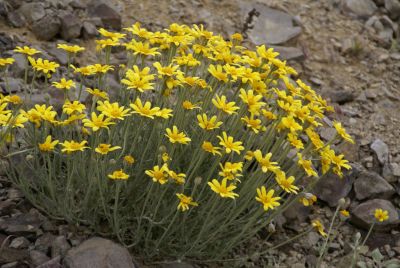
Native sun: Oregon Sunshine grows 12-18 inches tall, is drought tolerant and reseeds itself. Photo by Jurgen Hess
“In my own yard, we’re interested in transitioning to a meadow lawn,” says OSU’s Langellotto. “We haven’t yet taken the plunge because site prep requires total removal of the turf grasses so they don’t compete with wildflower seeds. I’m trying to figure out the best way to do that, so that I can minimize the physical labor and/or herbicides needed to transition from traditional lawn to meadow lawn.” (If you want to know about meadow lawns, here you go.)
Neighbors are another obstacle. Most people are concerned about the condition of their own yards, but what really sets them off is the condition of yours.
“Earlier this spring, I was playing around with letting our lawn grasses grow out. But even though we liked the look of the grasses blowing in the spring breezes our neighbors didn’t,” says Langellotto. “We were reported to the City for violating the ordnance on grass height in lawns no more than 10 inches. Luckily, the code enforcement officer was very receptive to learning about what we were trying to do—move toward a meadow lawn—and invited us to work with our city councilors to get the lawn code rewritten.”
MORE: Monarchs are disappearing. A native plant holds the key to their recovery
Where all this leads is anyone’s guess. Society isn’t changing as fast as the climate but at some point it’s going to have to catch up.
If, contrary to all those breathless media reports, there isn’t yet quite a “movement” coalescing around opposition to lawns, there’s definitely movement.
In Boise, Ken Fox and Florian Penalva are outliers now. But they could also be oracles.
It’ll be interesting to see how green my neighbors’ yards stay once things really start heating up.




